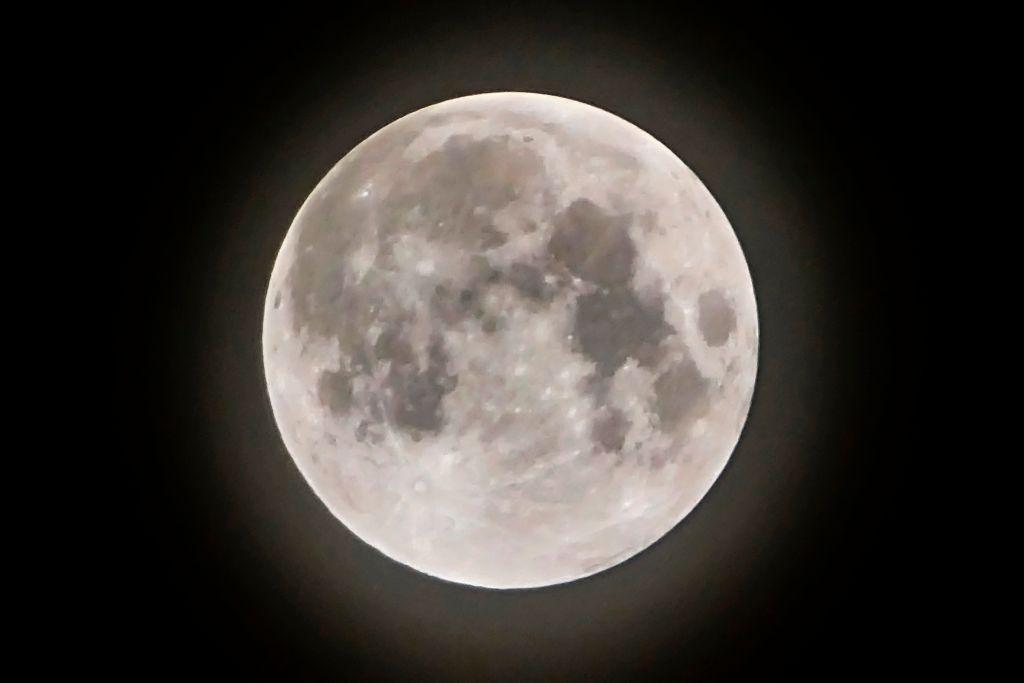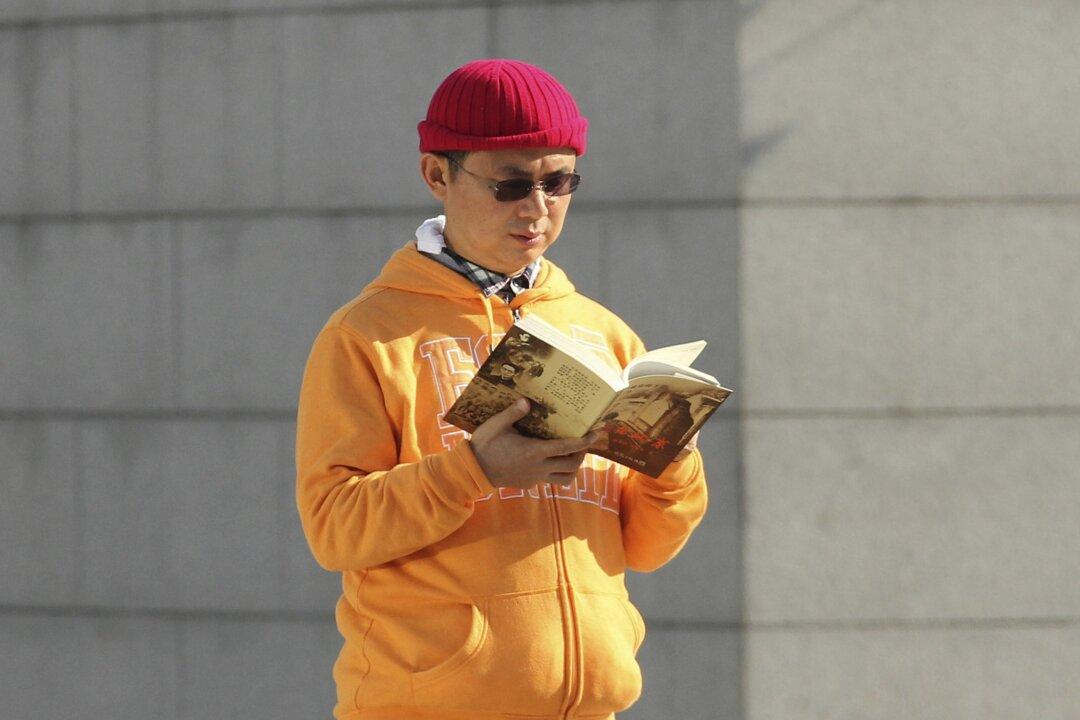The rocket stage detached from a Chinese spacecraft is most likely the object set to strike the moon on March 4, an astronomer tracking near-Earth objects says after weighing launch time and lunar trajectory, as well as correcting previous mistakes.
Bill Gray, who runs Project Pluto, said the object on a collision course with the moon most likely comes from the Chinese Chang'e 5-T1 mission launched in October 2014 on a Long March 3C rocket, according to Ars Technica.





